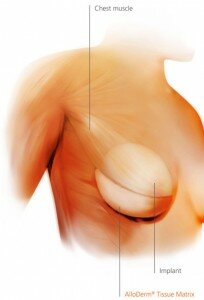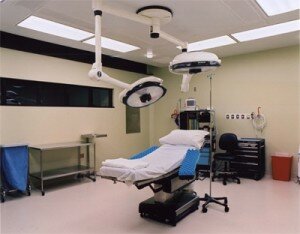 Saline or silicone implants may be the most well-known approaches to breast augmentation, but autologous fat grafting may be the most viable alternative.
Saline or silicone implants may be the most well-known approaches to breast augmentation, but autologous fat grafting may be the most viable alternative.
It’s called “breast lipoaugmentation” because the procedure uses your body’s own fat to augment the shape of the breast, allowing the surgeon greater flexibility in shaping the breast.
Breast lipoaugmentation has particular benefits that recommend its use in certain cases, but it’s not for everyone. There is some disagreement about how much transplanted fat can survive the move, and there have been fears about the procedure’s effect on cancer detection methods.
Advantages
- There are risks associated with tissue grafts and implants that are avoided through the use of breast lipoaugmentation.
- There is no compelling evidence to indicate that the procedure interferes with breast cancer detection, according to a comprehensive literature review published in 2009. Women can have mammograms or MRIs before the procedure to assist radiologists and further ensure their safety.
Disadvantages
- Breast lipoaugmentation doesn’t provide the dramatically increased volume made possible by breast implants. The procedure can only upgrade a breast from one-half to a full cup size.
- Up to a quarter of the transplanted fat is likely to die as a result of the transplant. Fat is a living tissue and requires nourishment from the blood to survive, and an autologous fat graft may cut portions of the fat from receiving proper circulation. There has been promising research using bodily stem cells and other approaches to enhance the retention rate.
According to ModernMedicine’s Cheryl Guttman Krader, these unique pros and cons make breast lipoaugmentation well-suited to being combined with breast implants. Surgeons can use both techniques to maximize the beauty and natural feel of the breast.



